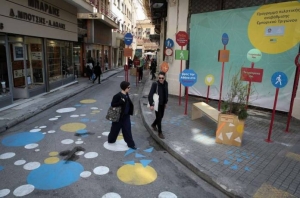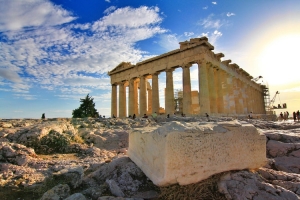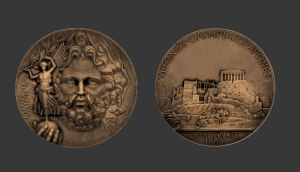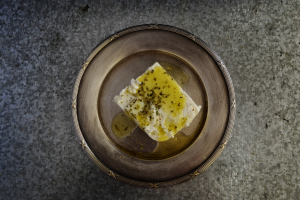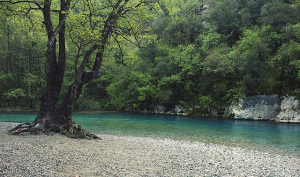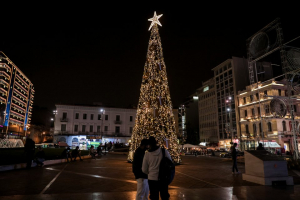BUSINESS CENTRE
XpatAthens
The Navarino Challenge 2016 Event Schedule
Hashtags: #navarinochallenge #costanavarino #eatwell #runwell #livewell
Photo credit: Vladimir Rys
4 New Pedestrian Areas In The Center Of Athens
Ancient Acropolis In 3D
Win A Rockin' Meal At Hard Rock Cafe On St. Patrick's Day!
HOW TO ENTER:
1. Visit our contest details visit us on Facebook HERE and/or on Instagram HERE.
Teaching And Learning Continues At ACS Athens Despite Challenges
Rare Olympic Medal From 1896 Sold At Auction
To read this article in full, please visit: greekreporter.com
What Makes Feta The Healthiest Cheese In The World
According to dieticians and doctors around the globe, Feta is the healthiest cheese option in the world and now there is clear evidence to prove it.
The Biomedical Research Foundation of the Academy of Athens (BRFAA) announced that a group of researchers has decoded the “DNA” of authentic feta cheese produced in Greece, unlocking its secrets at a molecular level, it was announced on Wednesday.
Dr. George Tsangaris and Dr. Athanasios Anagnostopoulos analyzed several varieties of feta cheese from all over Greece bearing the indication “Protected Designation of Origin” (PDO), identifying their nutritional properties and value.
It was discovered that all varieties of PDO Feta contain 489 different types of protein known, among others, for their antimicrobial activity and for strengthening the immune system. The research also identified many proteins related to vitamins and other oligo-elements known, among others, to benefit the nervous system, to maintain good kidney function, to help regulate arterial pressure and reduce cholesterol. According to researchers, these 489 proteins make up the “identity” of original Greek Feta cheese, which thus emerges as one of the protein-rich cheeses in the world.
Researchers used a ground-breaking method recently developed and exclusively implemented by the BRRFAA Proteomics Facility, called trophometry, foodometry, or nutriometry. Using a high-resolution mass spectrometer, scientists are able to qualitatively and quantitatively determine all the molecules contained in both solid and liquid foods, as well as in food supplements. The grand sum of these elements forms the “trophometric trace” of each individual food product, which is unique for everything we eat or drink and can thus be compared to the human DNA profile.
In addition to proving Greek Feta’s high nutritional value, the new BRFAA method can help determine the quality of the milk used during production; shield the market against instances of food adulteration; and, finally, distinguish authentic PDO feta made in Greece from other varieties of white cheeses.
Since 2002, ‘Feta’ has been a protected designation of origin (PDO) product in the European Union and the term can only be used to describe brined cheese made exclusively of sheep’s or sheep’s and goat’s milk in specific regions of Greece. In other countries, the term can also be used to describe white cheeses that are sometimes made with cow’s milk.
Originally published on:greekcitytimes.com
Rivers In Greece That Offer An Incredible Swimming Experience
Achelous River
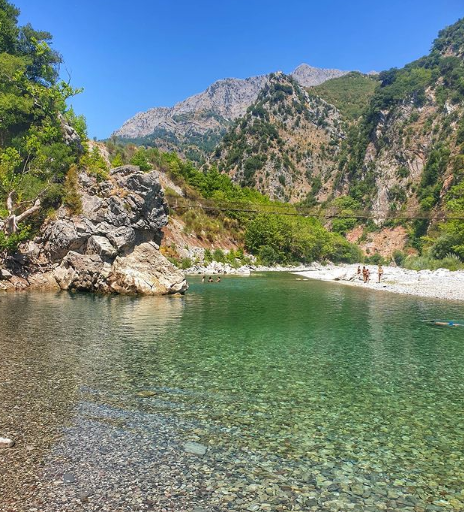
@gogo_chatz
Voidomatis River
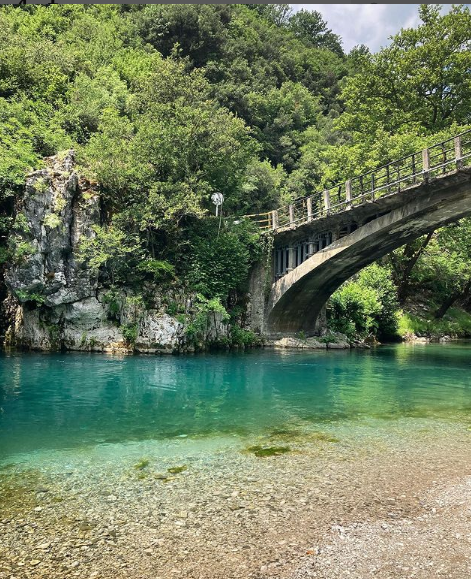
Acheron River
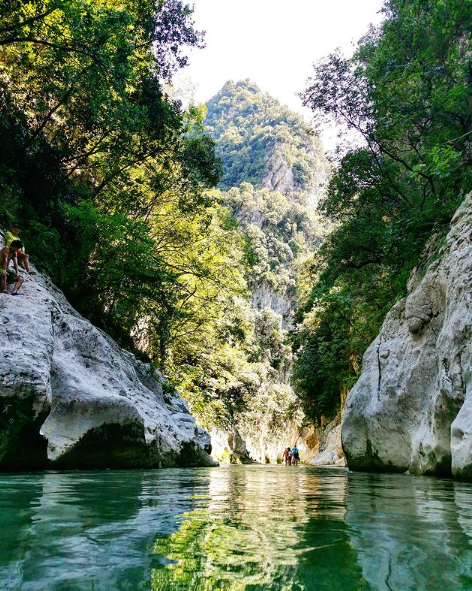
@veronika.kon
Nestos River
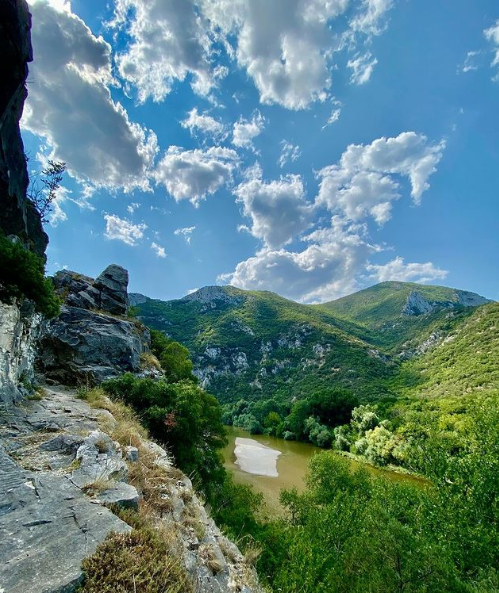
@imgeorgep
Omonoia Christmas Market: A Festive Addition To The City Center
Free Concerts - Christmas & New Years In Athens 2023
Concerts featuring favorite artists and bands like Tonis Sfinos, Panos Vlachos, Polkar, Nefeli Fasouli, Wedding Singers, Jerome Kaluta, and Mihalis Kalkanis Group, along with festive tunes in the city center and neighborhoods, as well as unexpected parties in unique venues curated by genre experts, have set the rhythm of Christmas throughout Athens!
In everyone's beloved season, Christmas, the Municipality of Athens transforms the city into a vibrant music scene where songs, melodies, and rhythm take center stage. Local artists, music groups, and bands grace the music stage of Syntagma Square, immersing the audience and passers-by in the festive spirit of Christmas. The festivities kick off on Wednesday, December 20, with an extra dose of dancing vibes! At noon, George Zervos and his electrifying band will deliver a live show infused with boundless energy and rock'n'roll aesthetics. Later, at 18:00, the dynamic Wedding Singers will captivate the crowd with their non-stop mix of '90s covers, ensuring no one can resist hitting the dance floor!
On Thursday, December 21, at 12:00, Hermaphrodite's Child will transport us back to the 50s and 60s, channeling the sounds of iconic artists like the Beatles and the Rolling Stones. At 6:00 p.m, Vassilis Kazoulis, Kitrina Podilata, and Alexandra Cognac will join forces in a unique collaboration spanning three generations, united by their shared love for music and live performances. Christmas jazz rhythms and festive melodies will enchant Syntagma on Friday, December 22, at 12:00, courtesy of the quintet led by the excellent saxophonist Dimitris Tsakas. In the evening, at 6:00 p.m, the stage will come alive with the explosive Polkar, offering a performance filled with rhinestones, trombones, and beloved musical hits.
Taking a musical journey to New Orleans on Saturday, December 23, at 12:00, Gumbo Ya Ya brings authentic jazz to Syntagma Square, accompanied by the expressive vocals of Sugahspank! and the Emily Mesko. At 6:00 p.m., the talented Nefeli Fassoulipou and her band will lead us into her unique musical world, where jazz unexpectedly meets Greek folk sounds with astounding results.
Continuing with mainstream jazz from the '50s and '60s by the Sub Quartet on Christmas Eve, Sunday, December 24, at 12:00, the stage will then be taken over at 6:00 p.m. by the subversive Panos Vlachos, promising an impromptu musical celebration with everything you can imagine! The festivities resume on the second day of Christmas, Tuesday, December 26, at 6:00 p.m, where the energetic Jerome Kaluta and his band await us with international soul hits spanning from the '70s to today.
On Wednesday, December 27, at 12:00, the Mihalis Kalkanis Group introduces jazz musical experimentation with a fresh European sound to the Syntagma stage. The glittering Christmas Gala follows at 6:00 p.m., featuring holiday tunes from around the world, arias, duets from popular operas, and excerpts from beloved musicals and operettas. Thodoris Lembesis orchestrates the performance with the voices of Maria Katrivesi and Giorgos Housakos.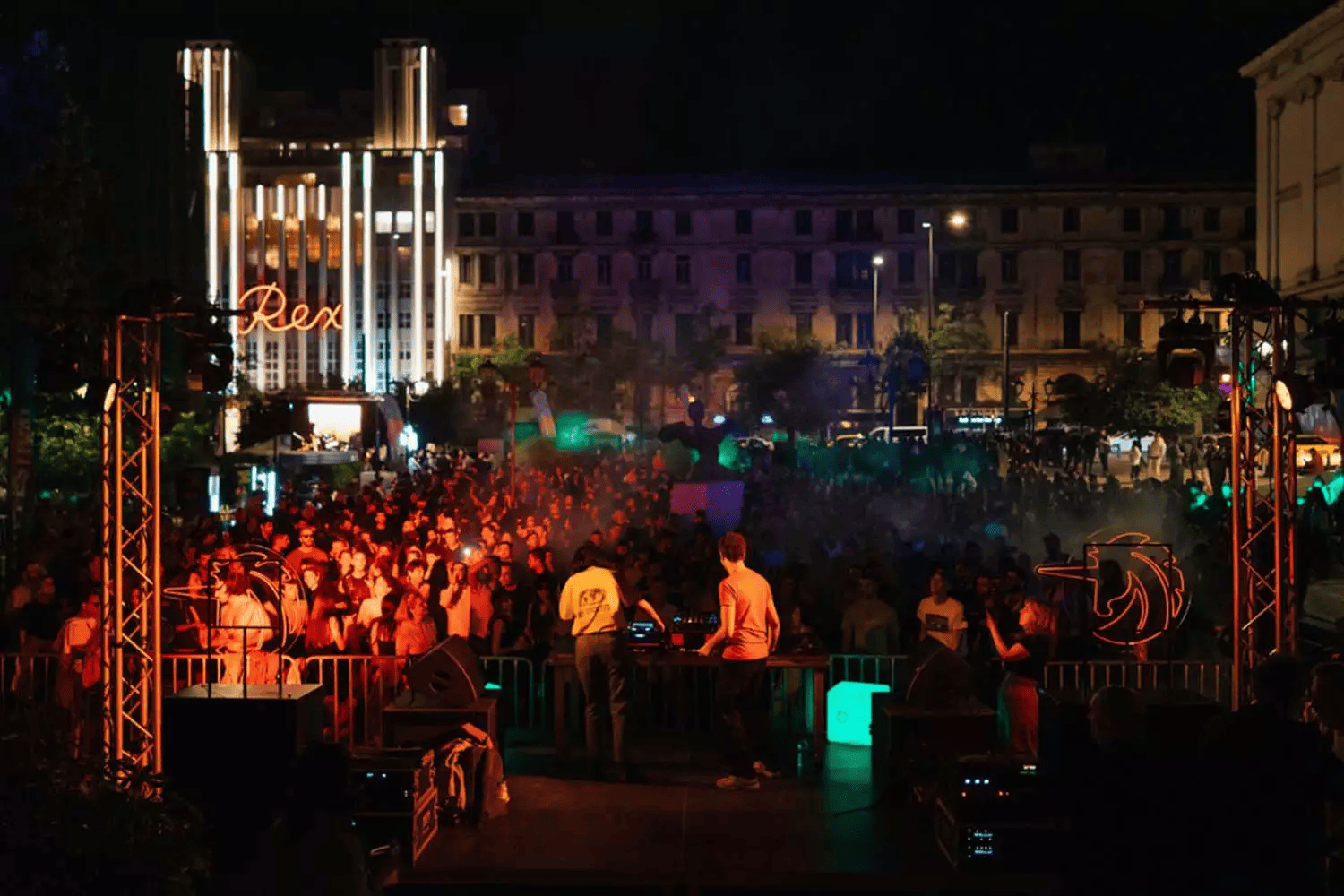
The festive stage of Syntagma Square concludes powerfully on Thursday, December 28, with two exciting performances: at 12:00, the Jaguar Bombs set the stage for a lively celebration, combining hits from our teenage memories and early '00s MTV playlists in a subversive mix featuring Backstreet Boys, Spice Girls, Elvis, Offspring, and Vlassis Bonatso. At 6:00 p.m., the unique performer Tonis Sfinos, accompanied by The Playmates, his five-member band, the singer Naya Doukas, and the actor Antonis Papailia in the role of "Lola," hosts the fanciest "Christmas Disco Party"!
The music is not limited to the city center, though—it spreads across the city! During the holidays, the Athens 9.84 van will be surprising us with Christmas tunes and children's choirs in different neighborhoods, enhancing the festive atmosphere. From December 20 to 28, the station's festive playlist will musically decorate Syntagma, perfectly complementing the live concerts in the square. On December 20, the city's radio station will broadcast live from Syntagma from 10:00 a.m. to 6:00 p.m. as part of the 2023 Radio Marathon, organized to support families and children in need.
Finally, on Christmas Eve, December 24th, from 2:00 p.m., at the Merchants' Gallery, radio station Pepper 96.6 hosts a day-long festive event with dynamic DJ sets, performances by beloved artists, and many surprises. On the same day, Christmas is celebrated in one of the liveliest neighborhoods of the city, Kypseli. From 5:30 p.m., the Municipal Market of Kypseli celebrates with a unique "Xmas Extravaganza" party, featuring music from prominent selectors and DJs of the city, creating a dance soundtrack with Balearic beats, rare grooves, disco, and house rhythms.
To welcome the arrival of 2024, the Varvakeios Market also participates this year, alongside the grand celebration at Syntagma. On New Year's Eve, the "Varvakeios NYE Party" by Street Outdoors, starting at 11:00 p.m., brings renowned DJs and producers to the heart of Athens' commercial life for an unforgettable New Year's party filled with rhythm and dancing until the early morning hours!
*The Christmas events program, curated by the City of Athens Cultural, Sport & Youth Organization (OPANDA), in collaboration with the Technopolis of the Municipality of Athens, This is Athens, and the city's radio station, 9.84, promises a festive extravaganza for residents and visitors alike.
**Please note that the program is subject to change.
Originally posted in greek on: newsit.gr
Translated by: Codico Lab



